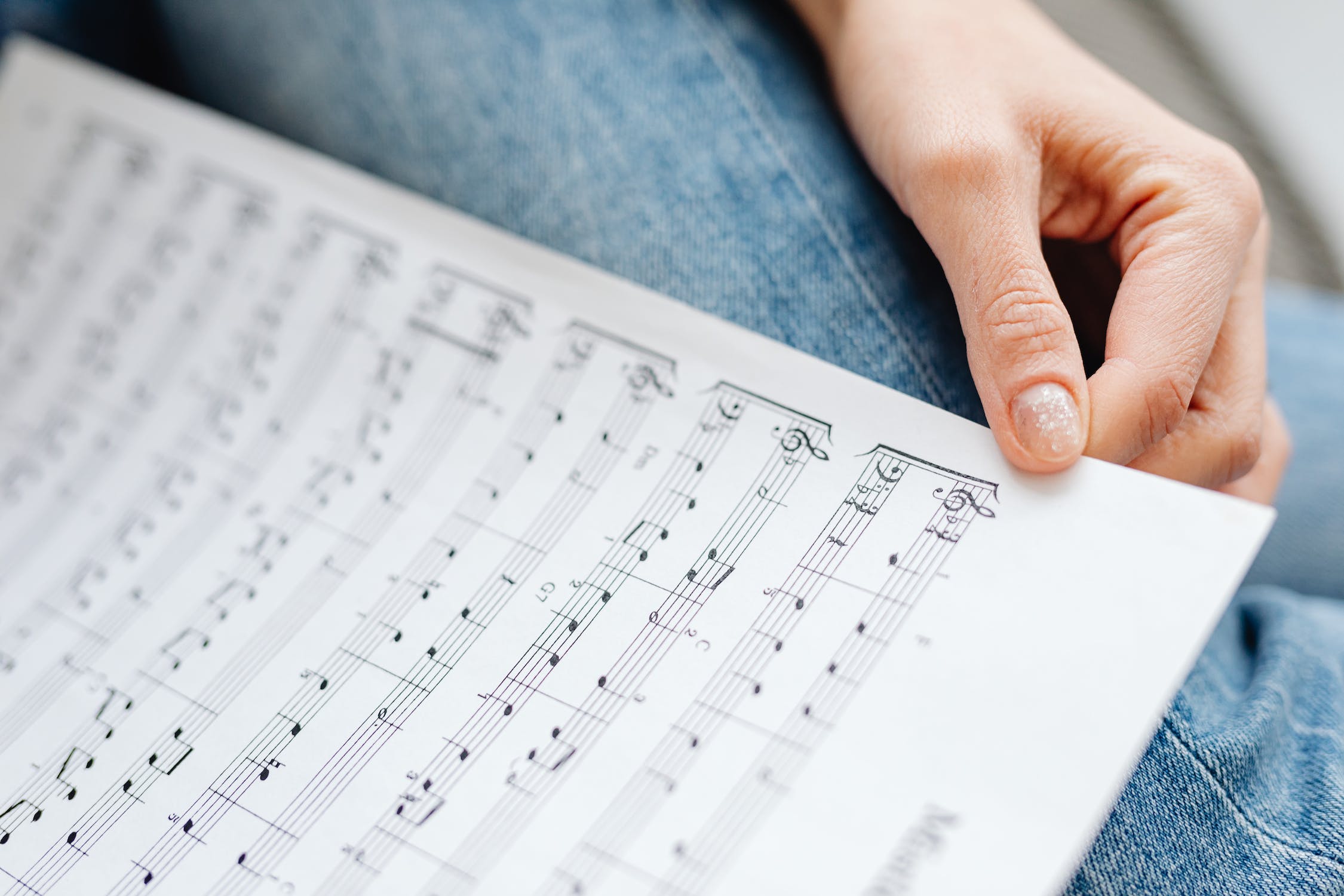
It’s important to figure out how many beats there are in a piece before you start playing it. But don’t worry, you’ll probably only have to count up to four! In this article, we’ll show you the three easy steps you can take in learning how to count beats in music.
P.S. Beginners, not too sure what the difference between rhythms and beats are? We’ve got you covered 😉
Ever paid attention to the two little numbers right after the clef? The top number basically tells you how many, while the bottom number tells of what. The top number can be anything greater than or equal to 2, while the top number is usually 2, 4, or 8, and represents the value of the beat. Here is a little chart:
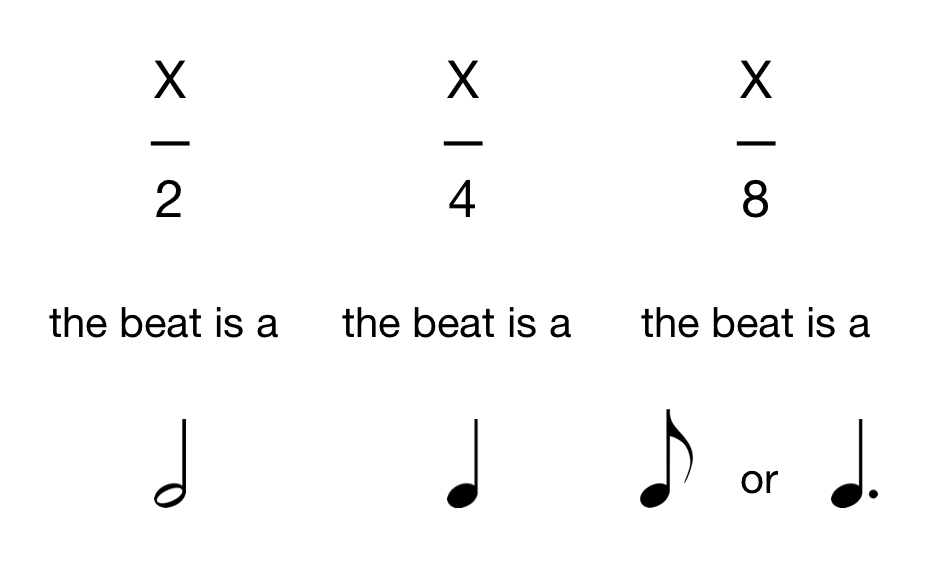
For example, if you have a 3/2 time signature, it means that there are 3 half notes in a bar. If you have 3/4, there are 3 quarter notes in a bar. Finally, if you see 3/8, it means there are 3 eighth notes in a bar. It does go past eight; the next bottom numbers are 16, 32, 64, etc., but they are far less common.
Sometimes, you will see a C or a C with a vertical line over it instead of numbers. They are also time signatures: C means 4/4 and C with the line over it means 2/2, they are just symbols from a few centuries ago but are still widely used in sheet music.
Let’s go back to 3/4. If that’s the time signature of your piece, you will find 3 quarter notes in each bar. Not literal 3 quarter notes, but the total value of the notes within the bar should be equal to 3 quarter notes. Here is an example of a piece in 3/4:

Of course, to fully understand how many beats there are in a piece, you should be familiar with the lengths of notes and rests. These two diagrams are a good place to start:
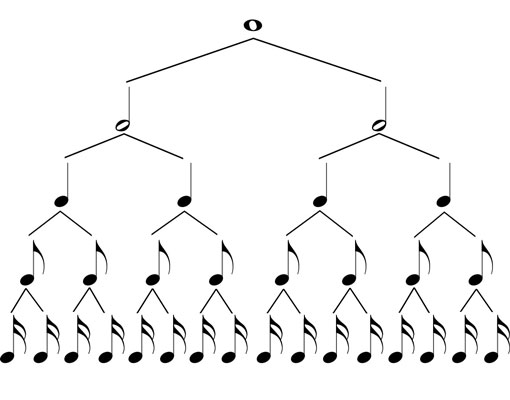
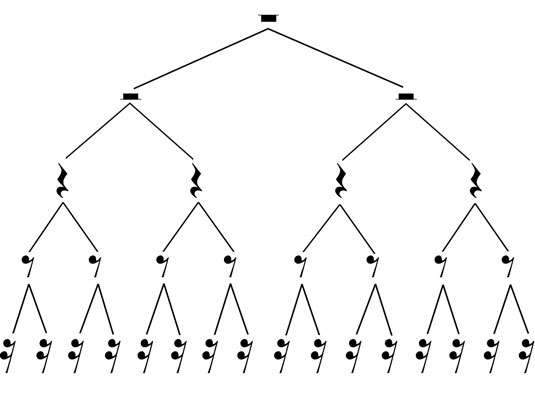
The best way to get the number of beats is to find and circle them directly on the piece. Here is an example, with 4 quarter notes in each bar:

Because the time signature is 4/4, the beat (1) represents the quarter note. Hence, a whole note has four beats and an eighth note is only the half of a beat.

Finally, one last example in 6/8, where we should have 6 eighth notes per bar:

There is a little catch. In 6/8, the beat is not the eighth note, but rather a dotted quarter note. That is because 6/8 is a compound meter, along with 9/8 and 12/8, and we feel the beats per group of 3 eighth notes:

As long as you figure out the number of beats and the notes they fall on, you can practice by clapping the beat and using your voice for the notes. You can use any syllable you want, though it’s common to use ta. If we go back to 4/4, a whole note becomes ta-a-a-a and a half note just ta-a. Here is an example, with the beats marked with an x:
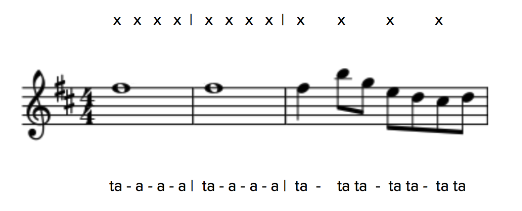
If clapping and using your voice is too much coordination for now, you can always use a metronome instead of clapping. Our free metronome app is available for Android and iOS.
In the case you are still unsure about how many beats there are, listen to the piece on your favorite streaming platform and try following along with the sheet music!
Anja Drozdova is a Swiss-Russian musician and music teacher. She focuses on finding creative ways to engage students during piano and music theory lessons by using different mediums such as technology and visual arts. Anja also writes electronic pop music under the artist name Mlkshk. Her music is inspired by everyday life, scenes from childhood, and imaginary places, shapes and colors.
Soundbrenner is a company dedicated to helping musicians stay focused on what truly matters: their music. By creating innovative devices, such as Soundbrenner Pulse and Core, our goal is to deliver the best possible practice experience for musicians. Click here to find out more.
Got a question about Soundbrenner wearables? Reach out to us at [email protected], we’re happy to help!